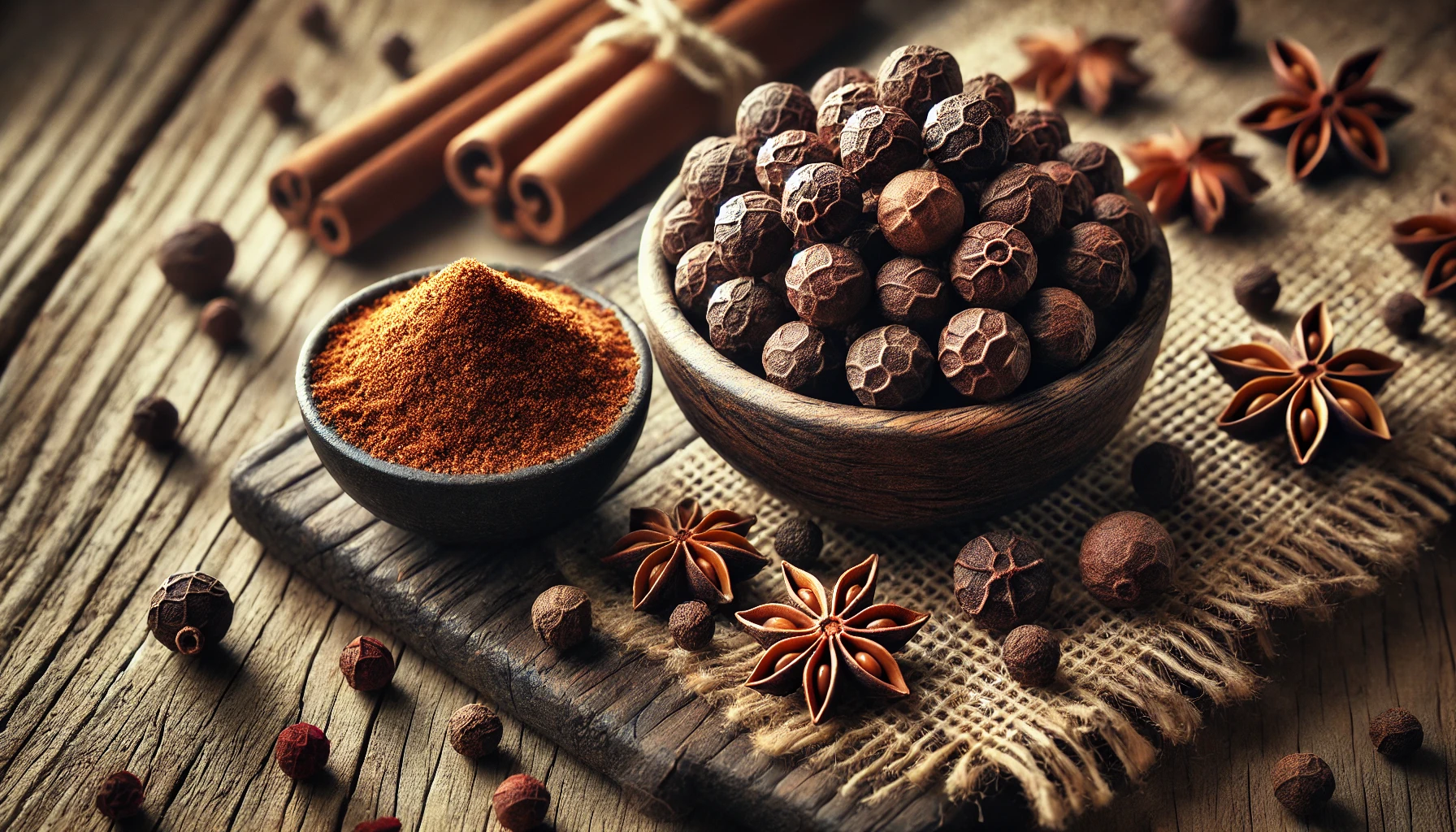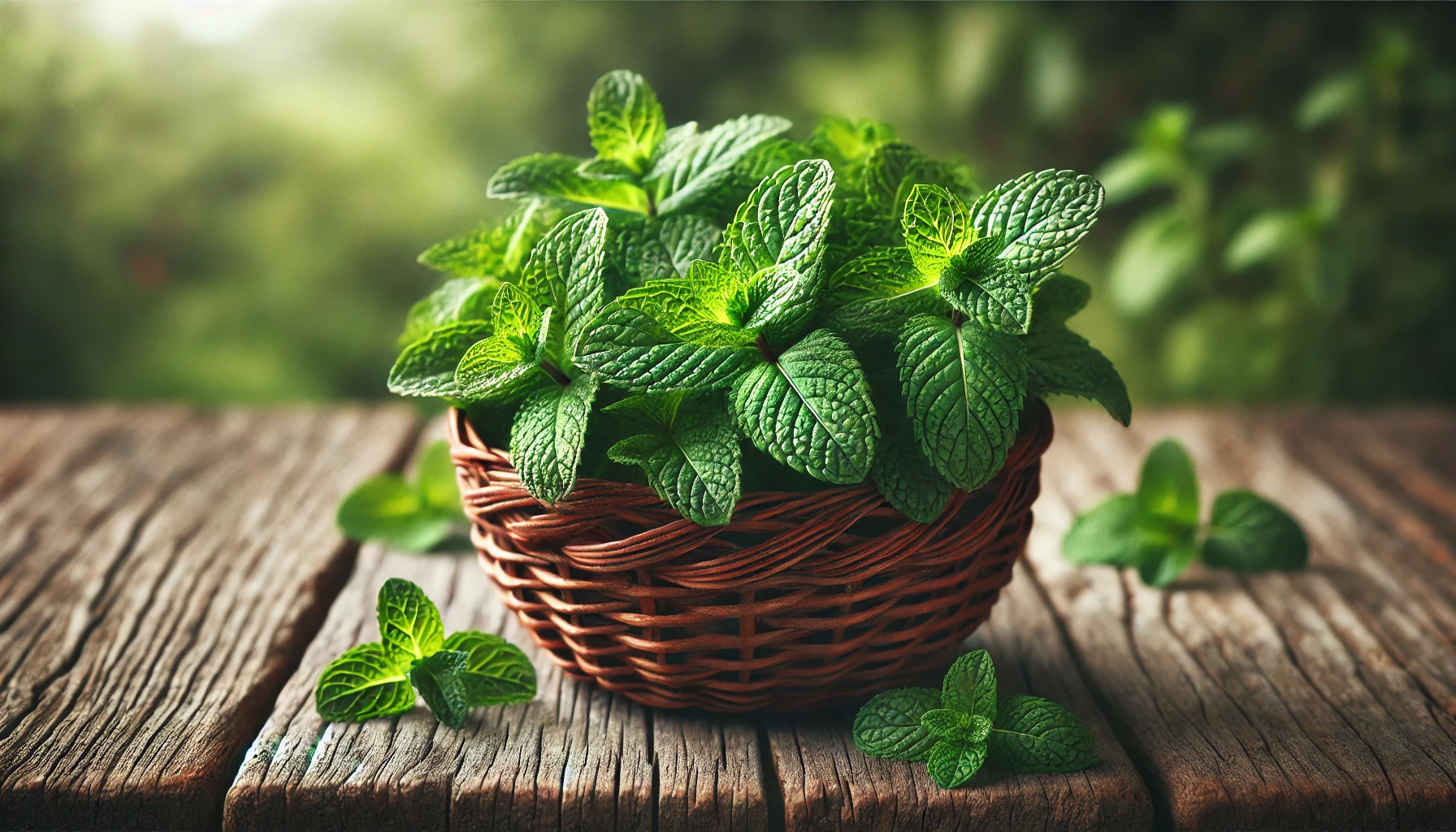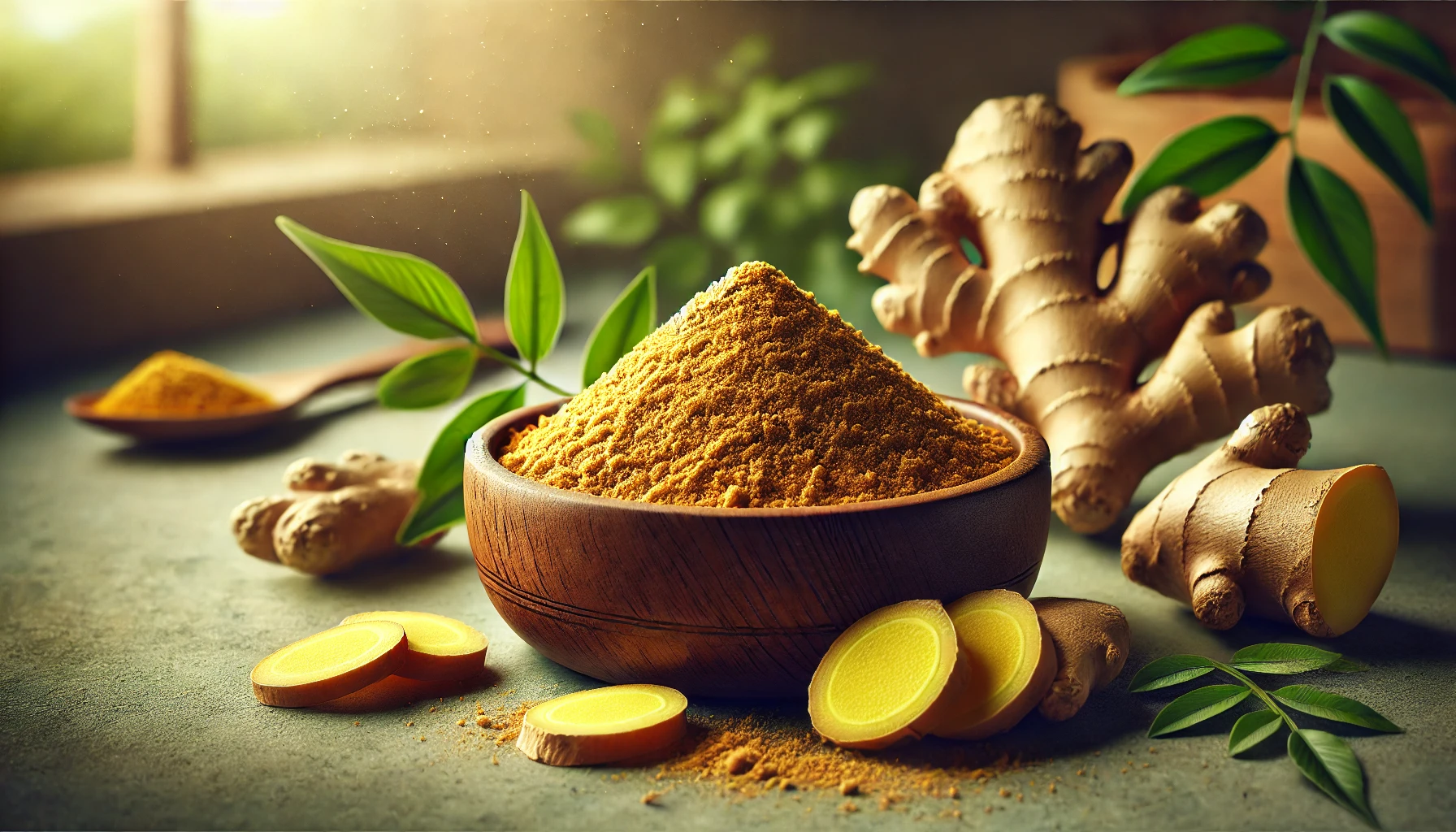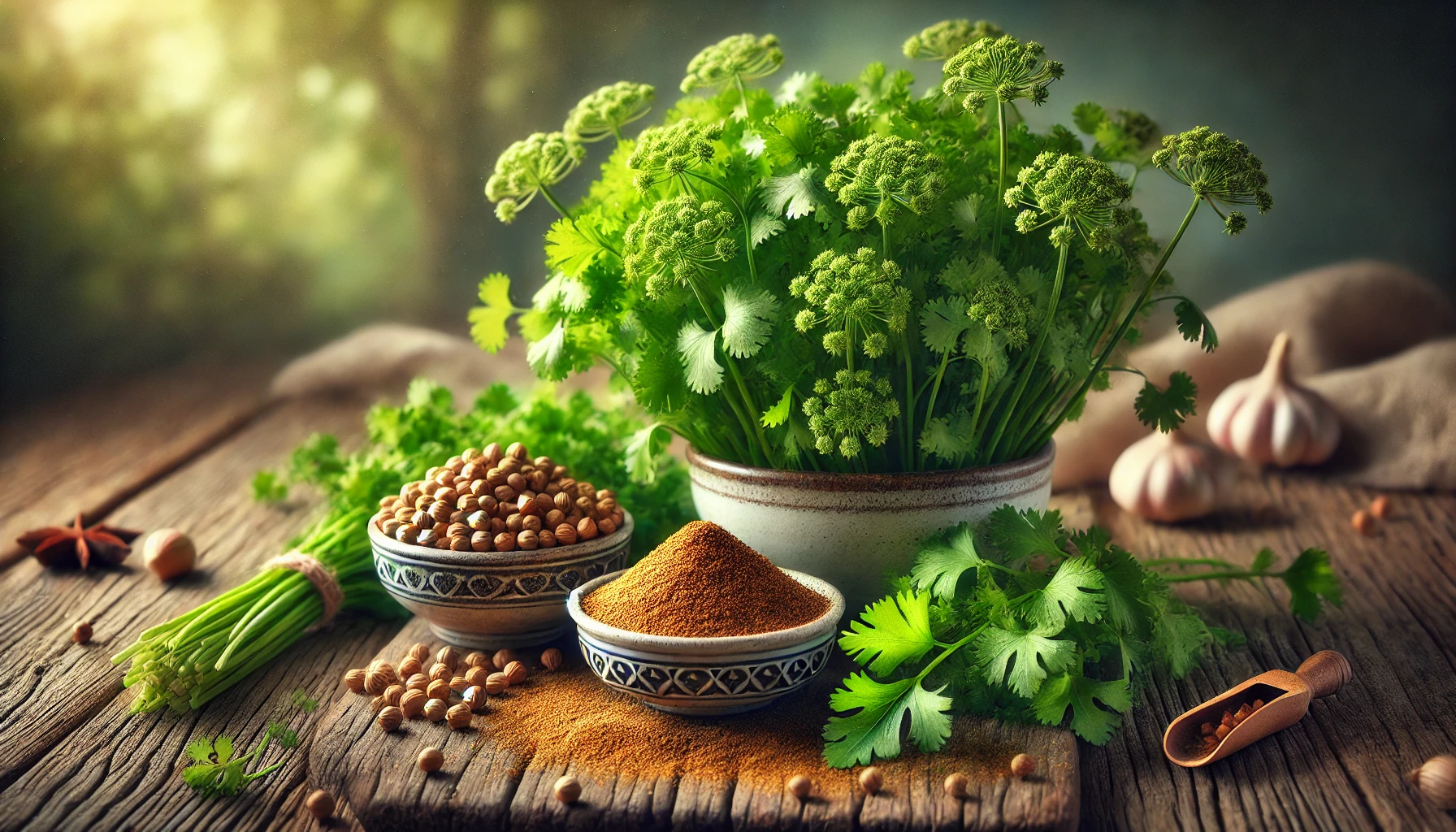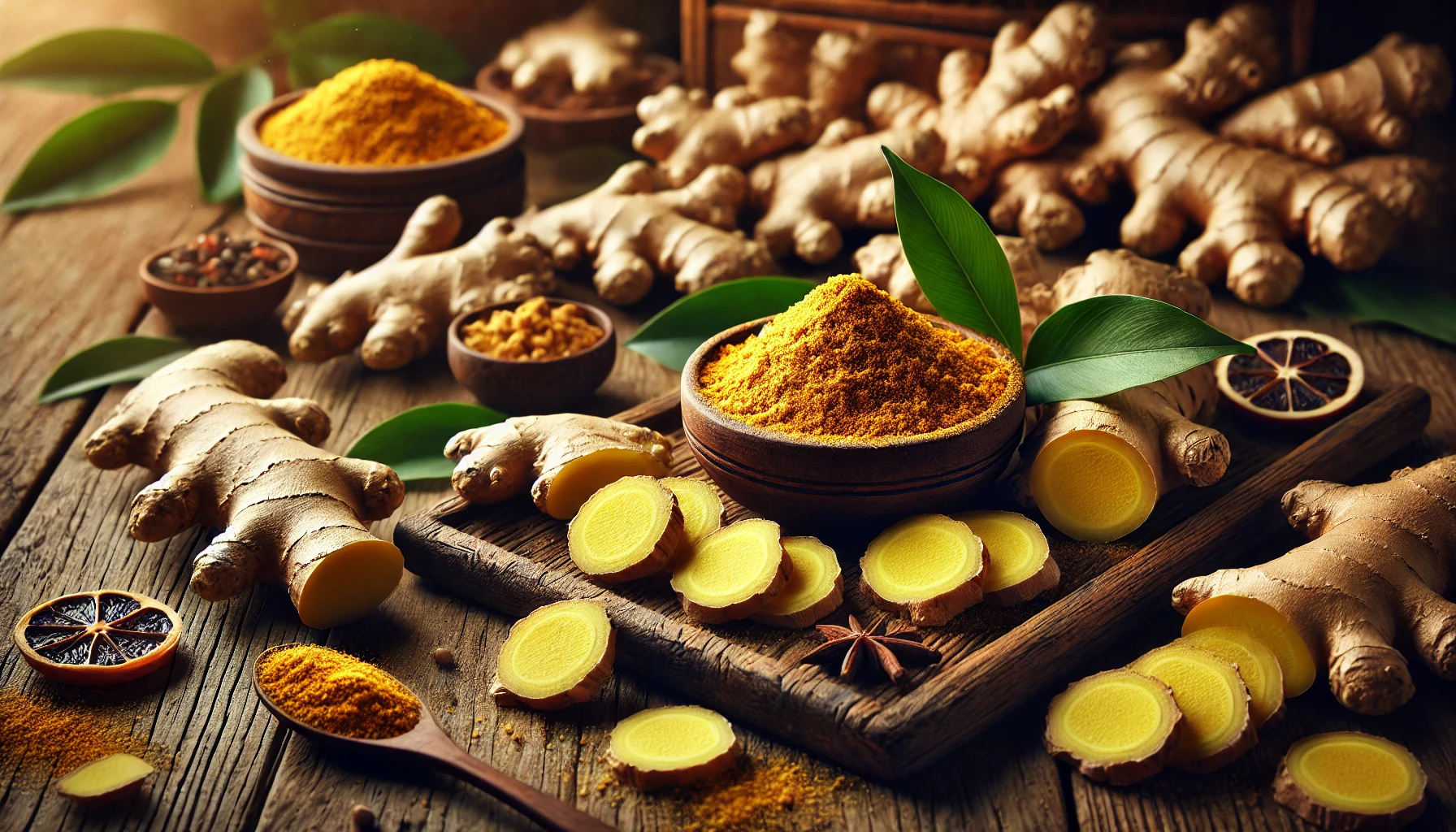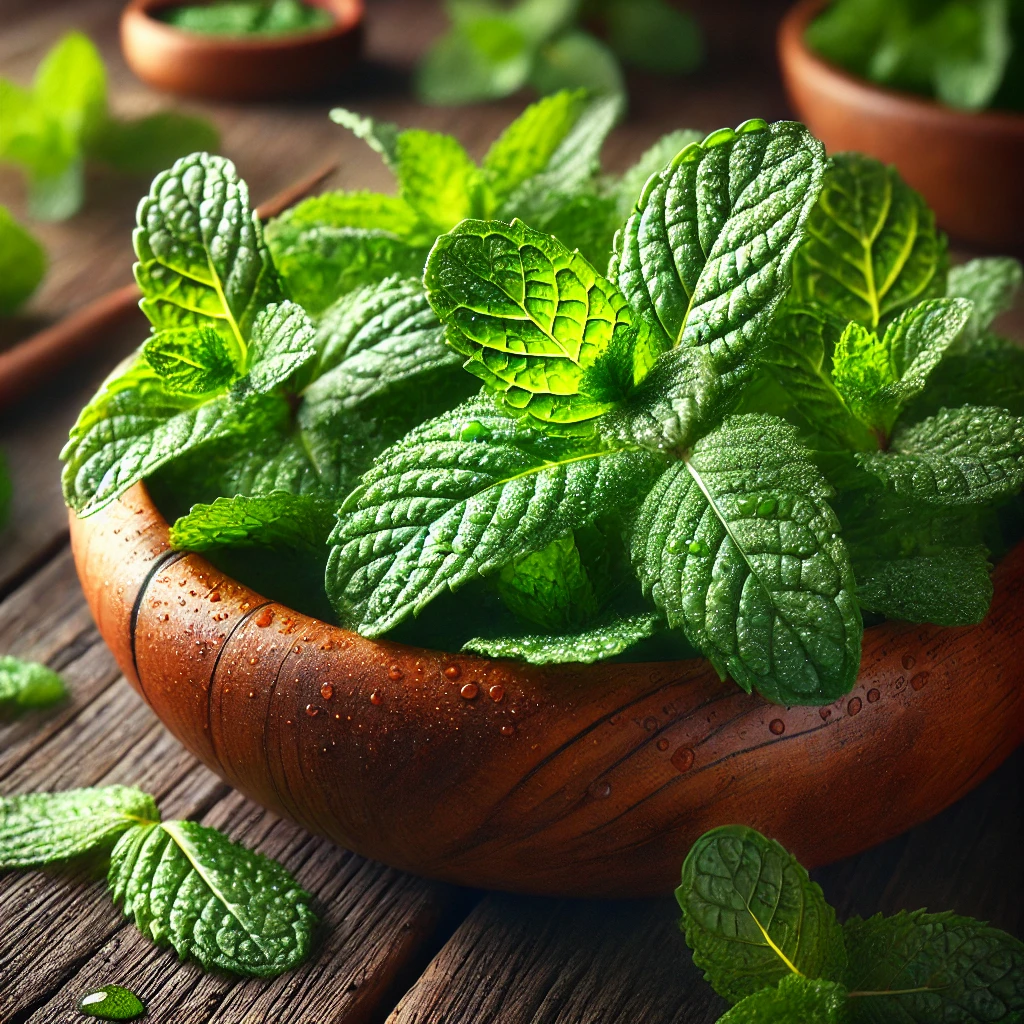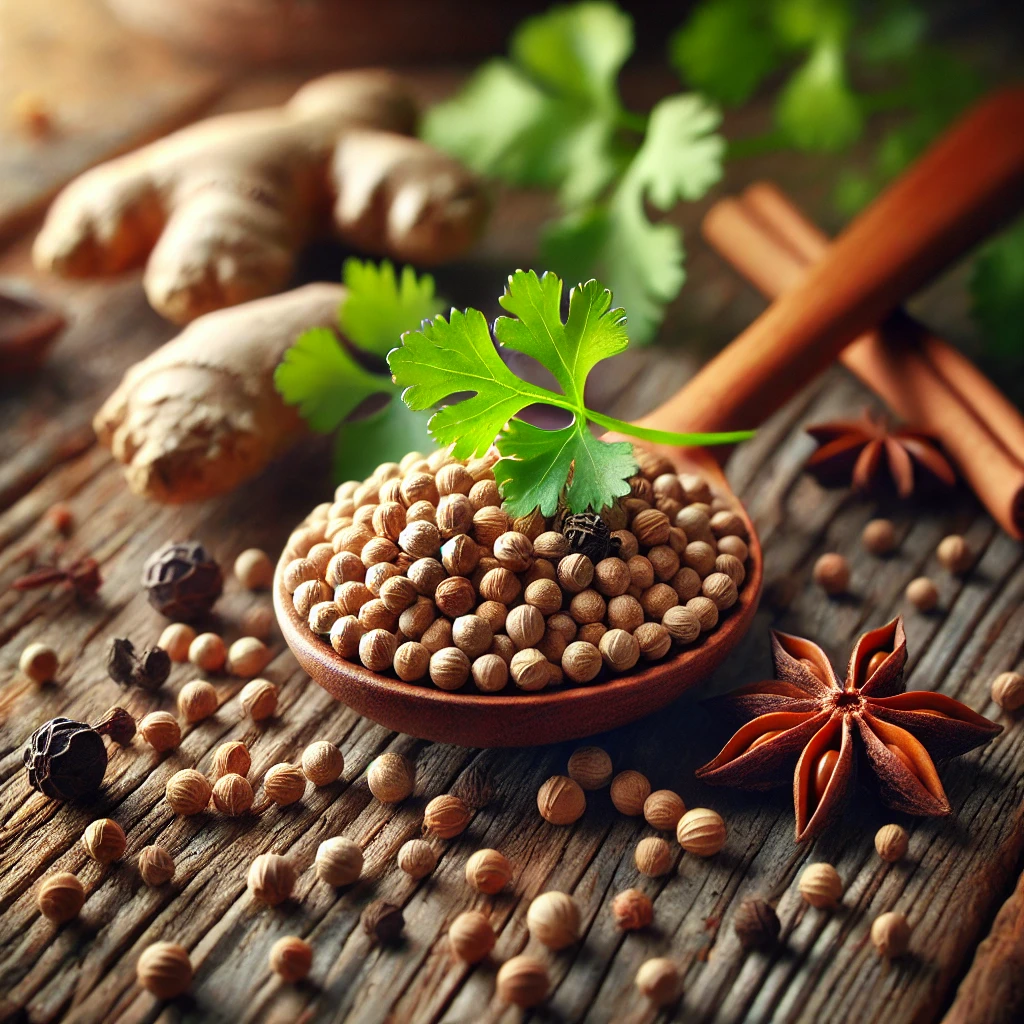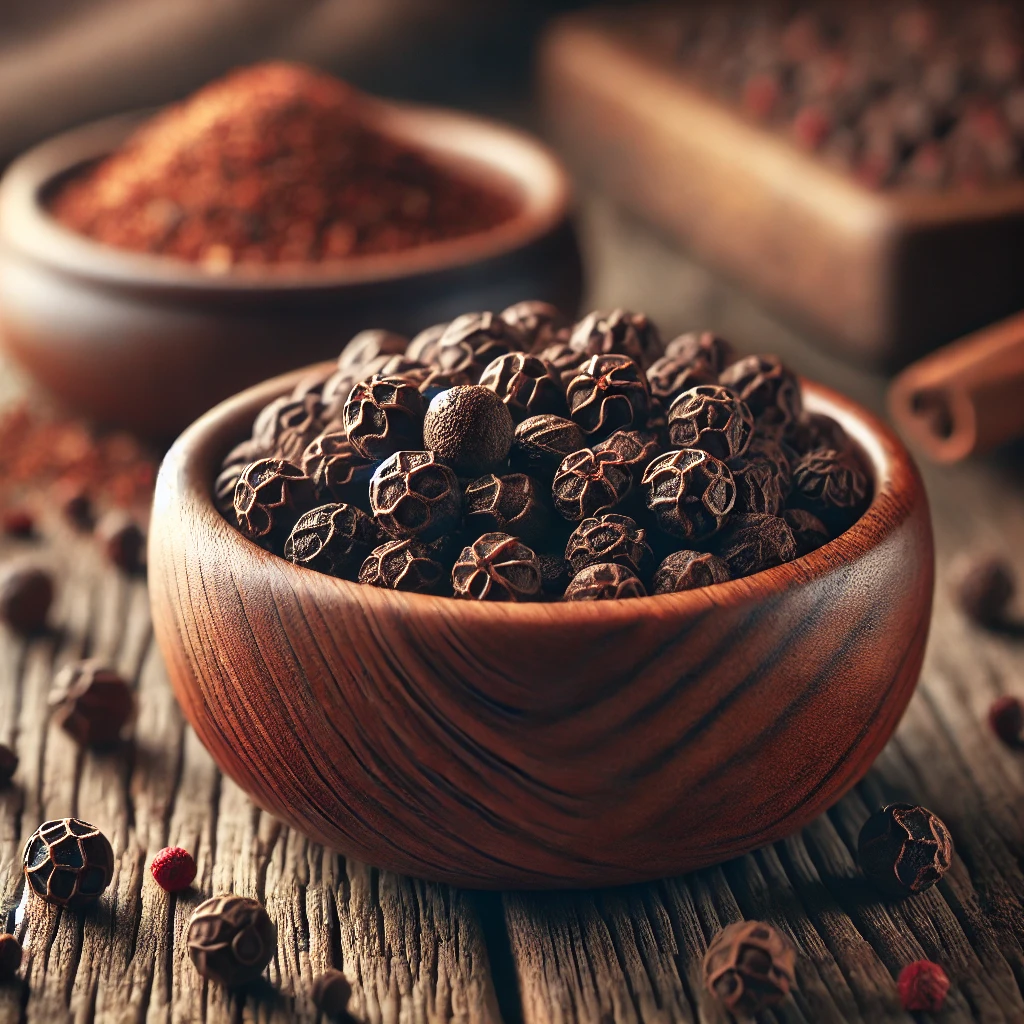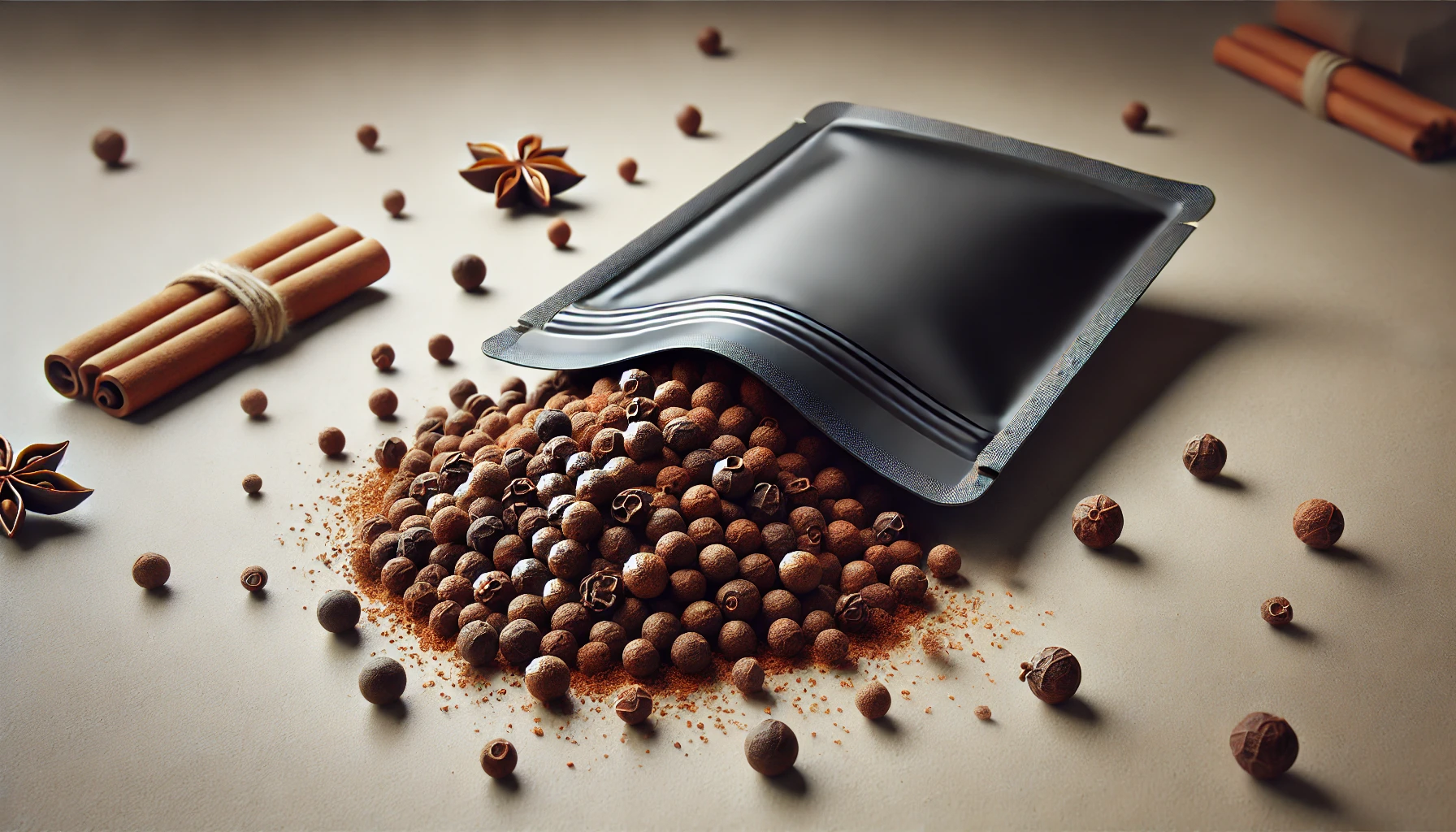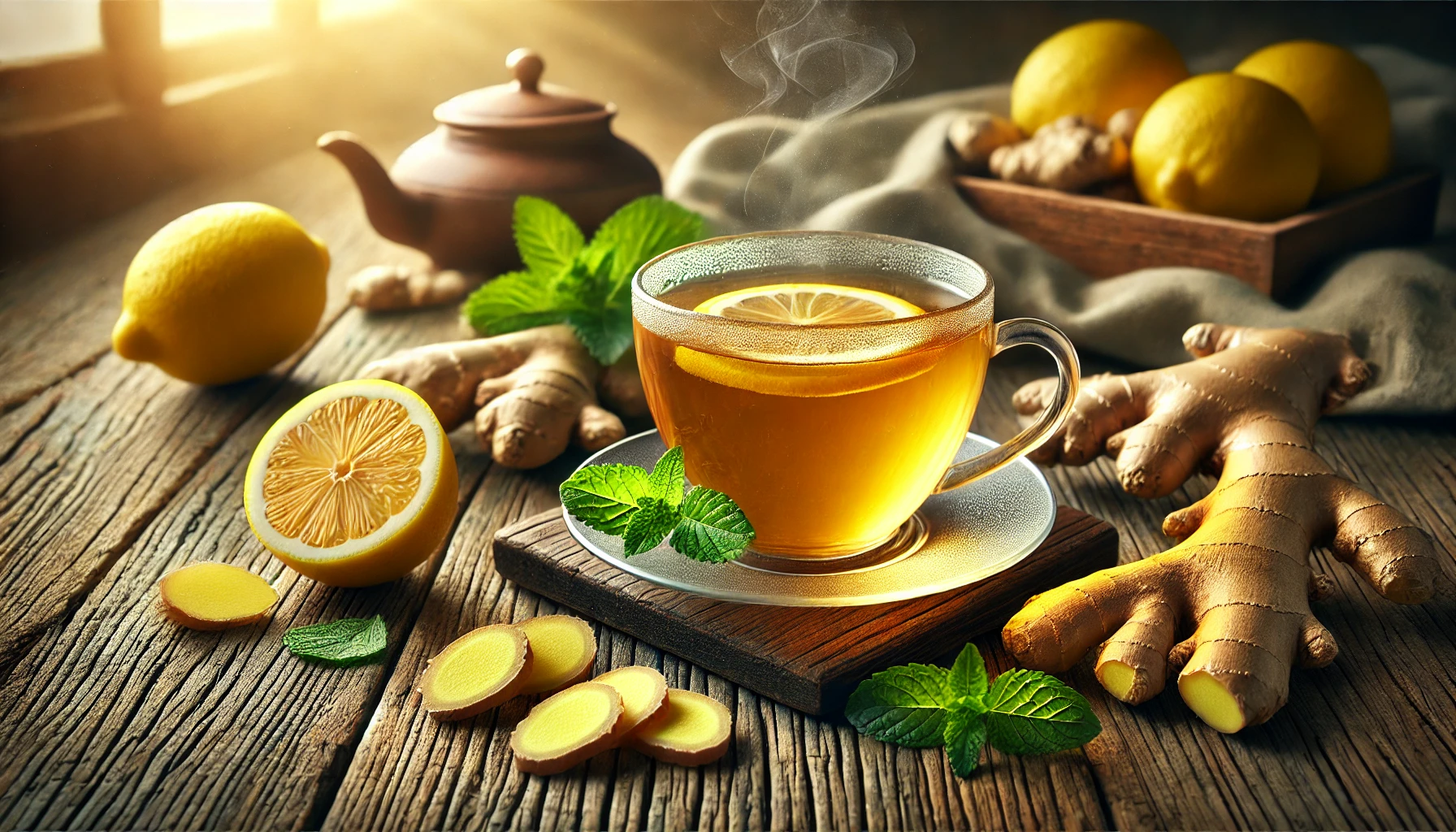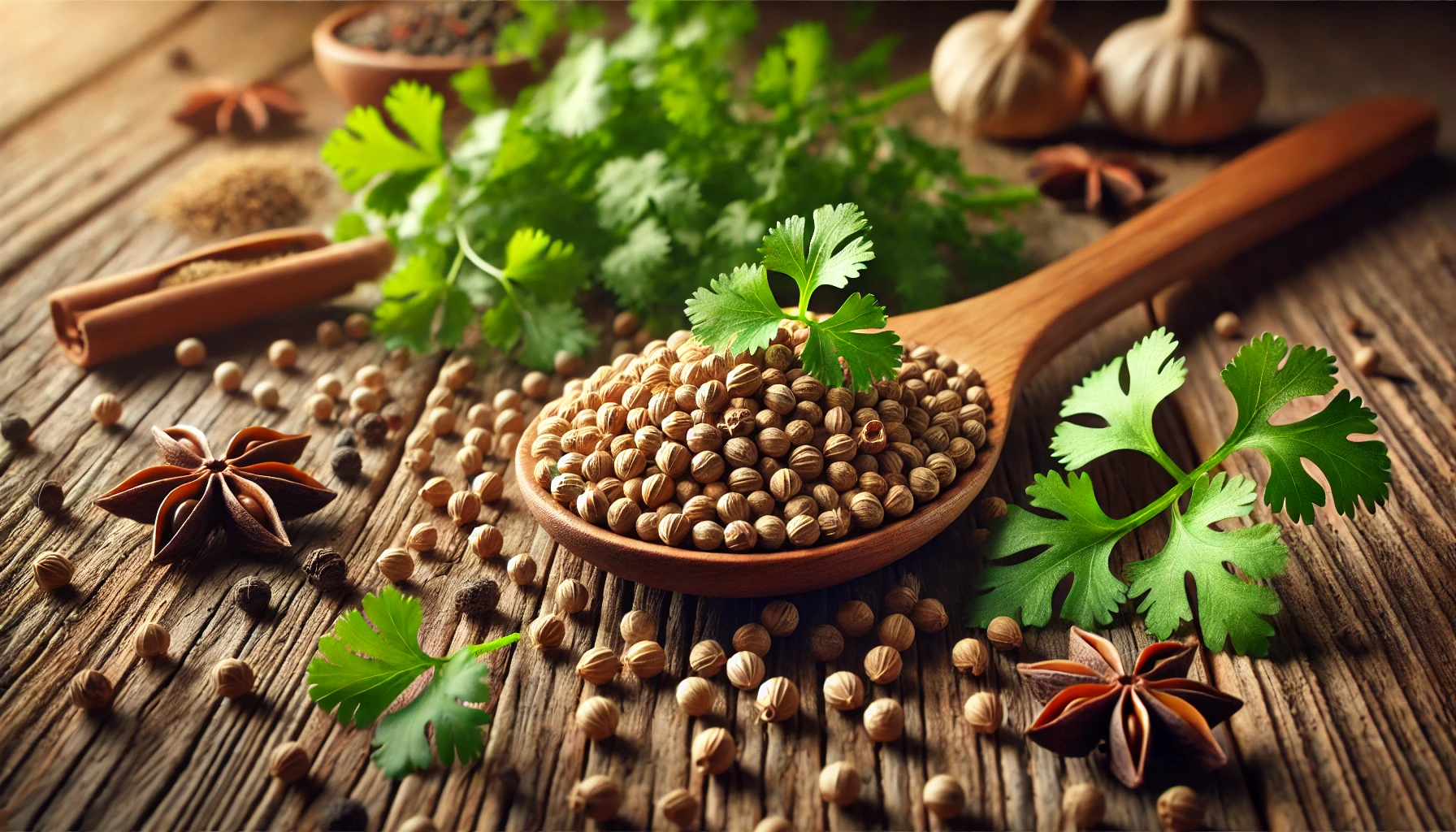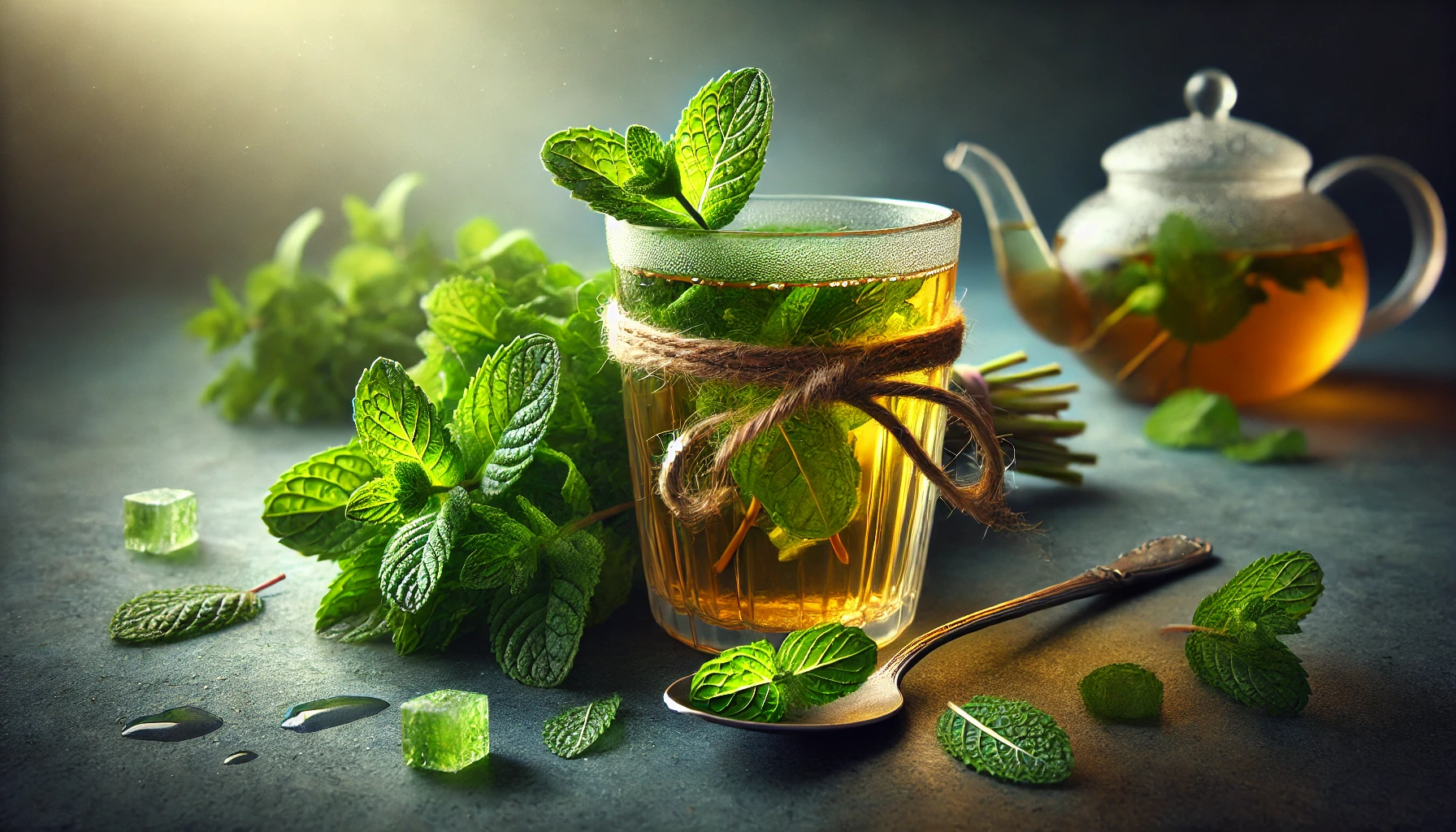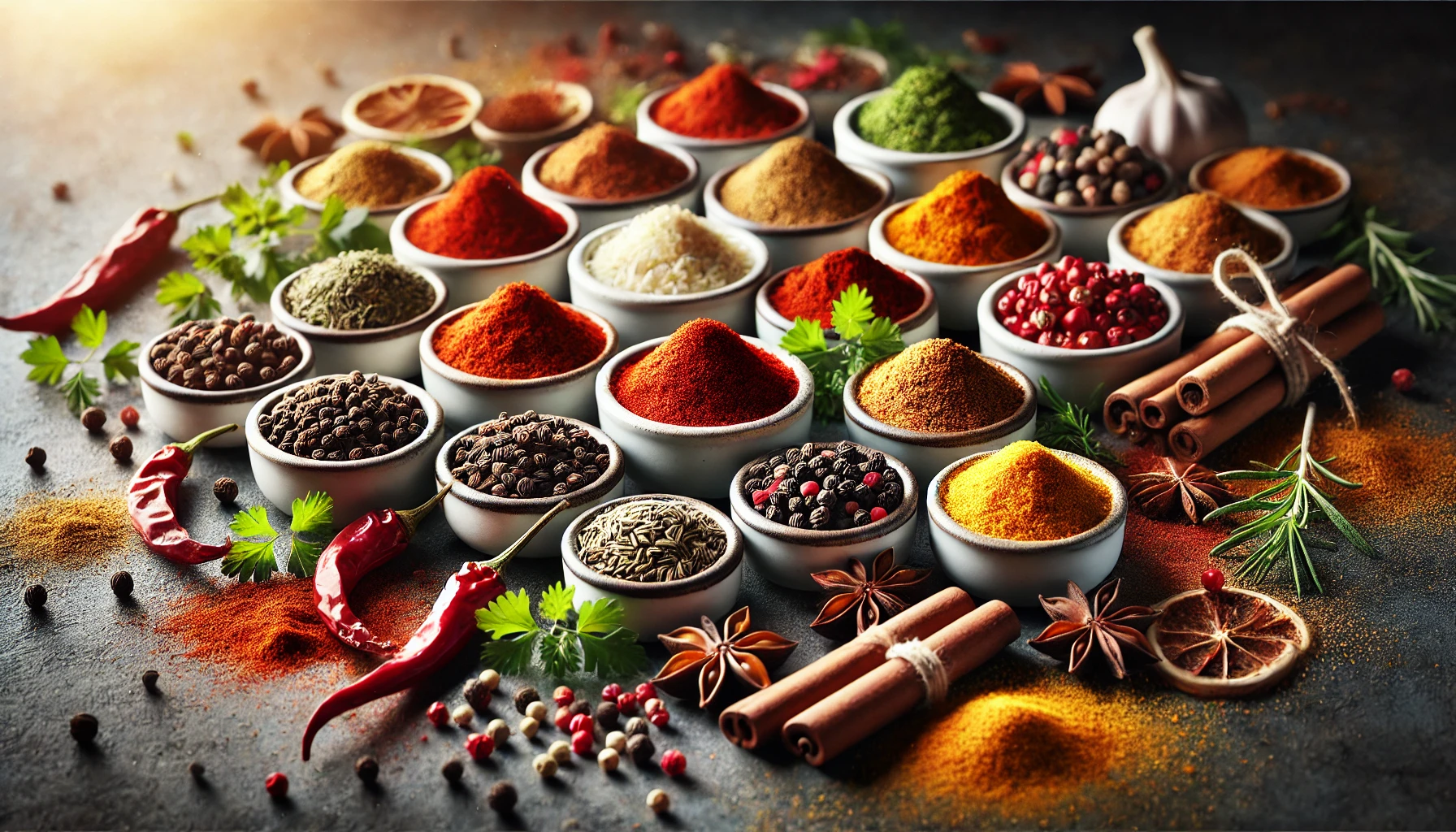For Meat Dishes: Allspice enhances the flavor of beef, pork, poultry, and game. It is ideal for roasts, stews, mince, and homemade sausages. It is often added to broths and rich soups to add depth of flavor.
Marinades and Pickles: Used when pickling fish, meat, and vegetables. It pairs well with bay leaf, garlic, and vinegar to help create a balanced flavor.
Sauces and Gravies: An ingredient in classic sauces such as tomato, mushroom, and cream sauces. It adds a warm, spicy note to pasta sauces, vegetable dishes, and stews.
Preserving: Often used in home canning recipes, from cucumbers and tomatoes to mushrooms and cabbage, it helps preserve the flavor of foods and prolong their freshness.
Baking and Drinks: Small amounts of ground allspice are added to Christmas baking, gingerbread, honey desserts and compotes. It is also used in hot drinks such as mulled wine and aromatic herbal teas.
